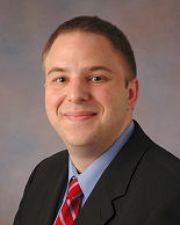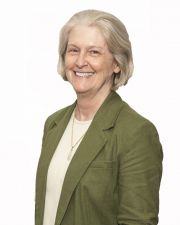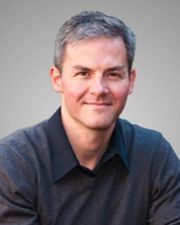[chem-directory-nav url=”/directory/directory-search-results/” url_faculty=”/directory/faculty-search-results/” searchtext=”Search Directory”]
![Photo of Steven D. Bruner Photo of Steven D. Bruner]()
![Photo of Ronald K. Castellano Photo of Ronald K. Castellano]()
![Photo of Coray Colina Photo of Coray Colina]()
![Photo of Tammy A. Davidson Photo of Tammy A. Davidson]()
![Photo of Matthew Eddy Photo of Matthew Eddy]()
![Photo of Austin M. Evans Photo of Austin M. Evans]()
![Photo of Ion Ghiviriga Photo of Ion Ghiviriga]()
![Photo of Zhongwu Guo Photo of Zhongwu Guo]()
![Photo of Stefanie Habenicht Photo of Stefanie Habenicht]()
![Photo of Sandra Loesgen Photo of Sandra Loesgen]()
![Photo of Jason Portmess Photo of Jason Portmess]()
![Photo of Jeffrey D. Rudolf Photo of Jeffrey D. Rudolf]()
![Photo of Daniel Seidel Photo of Daniel Seidel]()
![Photo of Jon D. Stewart Photo of Jon D. Stewart]()
![Photo of Brent S. Sumerlin Photo of Brent S. Sumerlin]()
Steven D. Bruner
Professor
Ronald K. Castellano
Professor
Coray Colina
Professor Emeritus
Tammy A. Davidson
Instructional Professor
Matthew Eddy
Assistant Professor
Austin M. Evans
Assistant Professor
Ion Ghiviriga
Scientist
Zhongwu Guo
Professor and Scott Chair
Stefanie Habenicht
Assistant Instructional Professor
Sandra Loesgen
Associate Professor
Jason Portmess
Instructional Professor
352-846-1505
portmess@chem.ufl.edu
Jeffrey D. Rudolf
Assistant Professor
Daniel Seidel
Katritzky Term Professor in Heterocyclic Chemistry
Jon D. Stewart
Professor
Brent S. Sumerlin
George B. Butler Professor


